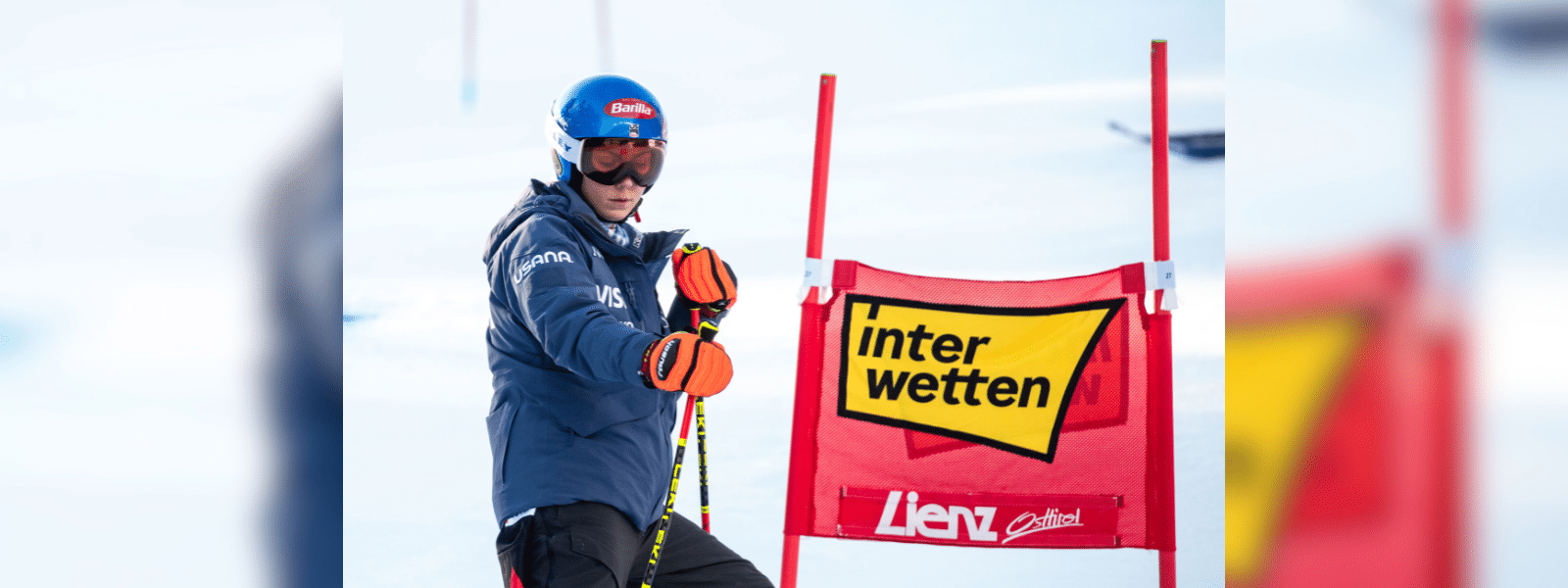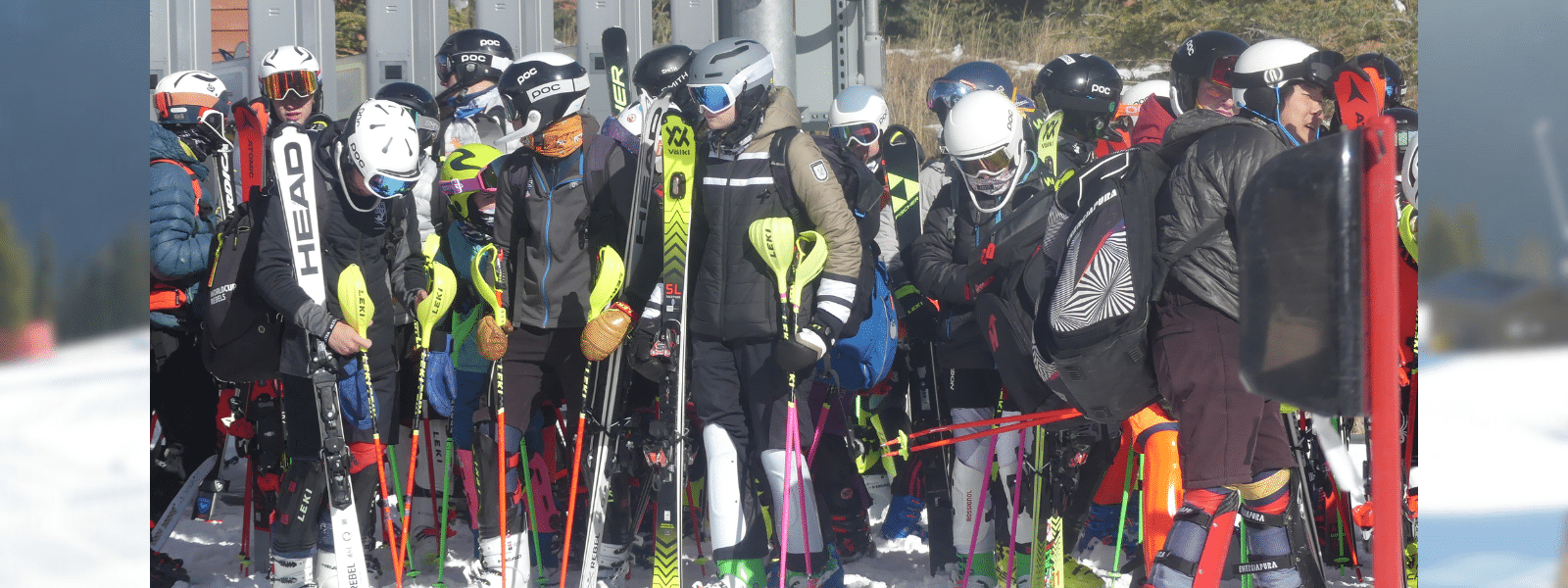In Ski Racing, “Innovate or Die”
I have three favorite sayings when it comes to being the best ski racer you can be. First, “If you want to ski like everyone else, be like everyone else.” In other words, if you want to be a decent ski racer among many, do what they do.
Second, an old Texas adage says, “If all you ever do is all you’ve ever done, then all you’ll ever get is all you’ve ever got.” In other words, if you keep doing the same things that you’ve always done, you can expect that you will stay on pretty much the same trajectory as you’ve been on. I’ll get to my third favorite saying shortly.
The problem is that there are so many areas that contribute to athletic development:
- Physical conditioning (including strength, stamina, agility, mobility, balance)
- Technique and tactics
- Equipment
- Nutrition
- Sleep
- Injury (prevention and treatment)
- Recovery
- Psychology
- Relationships
- Teamwork
- Life
Becoming the best ski racer you can be means maximizing every one of these performance areas; no small feat considering that it’s nearly impossible to stay on top of the latest advancements, much less be an expert in every one of them. Your greatest challenge is figuring out what you need to do in each area to optimize its contribution to your ski racing development.
Unfortunately, there is no instruction manual on how to be a fast ski racer, no step-by-step guide on what it takes to be the best. Sure, you can identify best practices and use them. For example, the chances are that if Mikaela or Marcel or the Norwegians are doing something in their training, it probably has value. And, as a keen observer of Mikaela over the last decade, there is no doubt that she is an innovator constantly looking for new ways to get stronger, tougher, and faster (though, interestingly, I recently spoke to the High Performance Director of a national team from another country and he told me that, for everything they do with their conditioning, there is no real evidence that any of it makes a difference once their athletes get on snow).
These ideas apply not only to individual ski racers, but also junior programs and even national teams. Does Burke do things that differently than, say, Stratton? Does Vail prepare athletes in ways that differ compared to, say, Rowmark? Or does Norway develop their athletes noticeably differently than the U.S.? Though there are certainly variations across programs, for the most part, I would say that they are doing pretty much the same things. But, as another saying goes (not my third favorite), “If you’re always following the pack, the view stays the same.”
Now we arrive at my third favorite saying, this one from Peter Drucker, the well-known business guru: “Innovate or die.” This adage is the antidote to my first two quotes; it ensures that you constantly look for new ways of getting better.
Innovating is important in one of three situations you might find yourself in heading into next season. First, you may have hit a plateau in which last season your skiing, results, and points didn’t improve or decline, they just stayed about the same as before. Clearly, you have gotten stuck in your development and continuing to do what you did last season will only cause you to remain stuck (remember Einstein’s Law of Insanity: “Doing the same thing and expecting different results”).
Second, you may have had a disappointing season in which your skiing, results, and points went backwards. Not only did you not improve, but you actually got worse. And the higher you climb in the rankings, the more likely this becomes as evidenced by many racers on or near the USST. It seems self-evident that if you keep doing what you did last year, next season isn’t likely to get better either.
Third, you had a great season, with big improvements in your skiing, results, and points. In this scenario, the natural tendency is to think that if it worked last year, let’s keep doing it. This could be a mistake. Yes, you want to continue to do things that are obviously beneficial to your development, for example, keep a disciplined sleep pattern, stick with your nutrition plan that maximizes your energy and recovery, and maintain your equipment in optimal condition.
At the same time, in all three cases, you must innovate to continue the upward trajectory of your development. In the first two situations, to get you back on that upward arc and, in the last situation, to keep you on it.
Why do I believe that innovation is so important? Well, when I’m not in the mountains, I live in the San Francisco Bay Area, at the heart of the tech industry where innovation is the god worshipped by all. Additionally, along with my sport psychology practice, I work with tech companies to help them to — you guessed it — innovate. Because, quite simply, leaders in the tech industry (and every other industry, for that matter) understand that if they aren’t continually innovating, their companies will go the way of Blockbuster, Kodak, and Blackberry. And that’s not a way you want to go in your ski racing.
This spirit—innovate or die!—needs to be embraced by ski racers, junior programs, and national teams to not only survive, but to thrive and continue to develop.

You can bet Resi Stiegler has had to innovate a time or two during her career. Image Credit: U.S. Ski & Snowboard
How to Innovate
It’s easy to say that you want to innovate in your athlete development. It’s an entirely different thing to actually find and use new ways of becoming the best ski racer you can be. Here are a few ways you can approach your training and preparations in new and creative ways.
First, see what World Cuppers, top coaches, and leading programs are doing that is innovative. By leveraging technology, for example, with social media, blogs, and YouTube videos, you have direct access into what the best in the world are doing in their training. Though you may not be innovating directly, applying their methods to your training is innovative, particularly if none of your competitors are doing it.
Second, another great way to innovate involves experimenting, in other words, try new things that may or may not work. The reality is that most innovation develops not through some structured process of discovery, but rather just by playing around and seeing what works. For example, related to conditioning, think about what you have to do on skis physically and look for ways to replicate the movements in the gym.
Third, see what the top racers, coaches, and programs aren’t doing and do that. Finding innovation in our sport is a real challenge because almost every serious racer and leading junior program already do the basics such as conditioning, equipment, and technique. But there are still opportunities for innovation. For example, though I might be a bit biased here, one area in which you can innovate in your training is by developing a comprehensive mental training program; few racers and no clubs have such a program in place so, by committing to a mental training program, you give yourself a leg up on your competitors.
Finally, see what others outside of our sport are doing. In many industries, new ideas often come from other sectors and the same can apply to ski racing. Look at what athletes in other sports are doing, particularly ones with similar physical requirements and movement patterns. For example, football running backs, soccer players, and tennis players use many of the same types of strength, agility, and mobility as ski racing. You can transfer some of their training methods over to our sport to your advantage.
In sum, as you continue through your prep period, please do take what worked in the past and continue to use it. At the same time, always be on the lookout for new and different ways to improve some aspect of your training and development. By finding that balance between tried-and-true approaches and innovative methods, you keep pushing yourself forward and, in the process, put yourself a step or two ahead of your competitors.






















